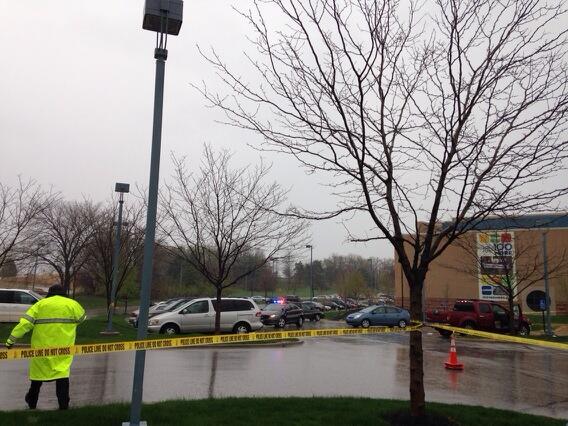The shootings last week remind us that we are vulnerable on a number of fronts. We thank our partners at the US Department of Homeland Security (DHS) for keeping us informed, with first rate analyses and guidance.
- Remember, one of the most important recommendations is to establish a close, working relationship with your local police authorities. They should know about your services, school schedules, special meetings, etc.
- DHS just published: Potential Indicators, Common Vulnerabilities, and Protective Measures: Religious Facilities. This is an new (April 2014) and excellent overview of facility security and emergency planning. It can be used as the agenda for your security/building committee work to plan for the unexpected. There is also a good table with indicators of suspicious activity. Please review it and act accordingly.
- Law enforcement and Homeland Security leaders recommend that organizations train their staffs and constituencies in security awareness, especially the signs of suspicious behavior — i.e., it just doesn’t look right. If you see something, say something: in New York City-1 (888) NYC-SAFE or elsewhere in NY:

- If you have any questions you can contact the JCRC here.
- Re the shootings. Experts continue to analyze the the 13 April 2014 shootings at Overland Park, Kansas Jewish Community and Retirement Centers, allegedly by white supremacist extremist Frazier Glen Miller, Jr. The FBI and DHS have medium confidence that Miller acted alone. There were no known indicators of imminent violence on the day of the shooting, and there are no suspected co-conspirators at this time. The FBI and DHS continue to assess violence by lone offenders and small cells likely will remain the primary domestic terrorist threat due to the greater potential for operational security afforded to those who act independently of larger groups.
- Signs of suspicious behavior:
- Demonstrating an unusual interest in or unusual questions about security procedures, or engaging in overtly suspicious actions to provoke and observe responses by security or law enforcement officers;
- Demonstrating an unusual interest in entry points, peak days and hours of operation, security personnel, surveillance assets (including cameras), and access controls such as alarms, barriers, doors, gates, or locks;
- Demonstrating an unusual interest in security reaction drills or procedures;
- multiple false alarms or fictitious emergency calls to same locations or similar venues;
- Loitering, parking, or standing in the same area over multiple days with no reasonable explanation;
- Unusual interest in speaking with building maintenance personnel or security guards;
- Attention to or avoidance of surveillance cameras;
- Interest without justification in obtaining site plans, ingress and egress routes, and information on employees or the public; and
- Garments not appropriate for the weather or season without a reasonable explanation.
7. Suggested Protective Measures
- Increase visibility of armed security and law enforcement personnel in areas adjacent to and in front of security checkpoints to deter unwanted activity;
- Raise awareness among employees by conducting “all hazards” awareness training;
- Establish liaison and regular communications with local, state, and federal law enforcement, emergency responders, and public health organizations to enhance information exchange or clarify emergency responses;
- Report missing or stolen equipment, to include weapons, to the proper authorities;
- Raise community awareness of potential threats and vulnerabilities; and
- Encourage employees, tenants, and visitors to report anything that appears to be odd or suspicious.





